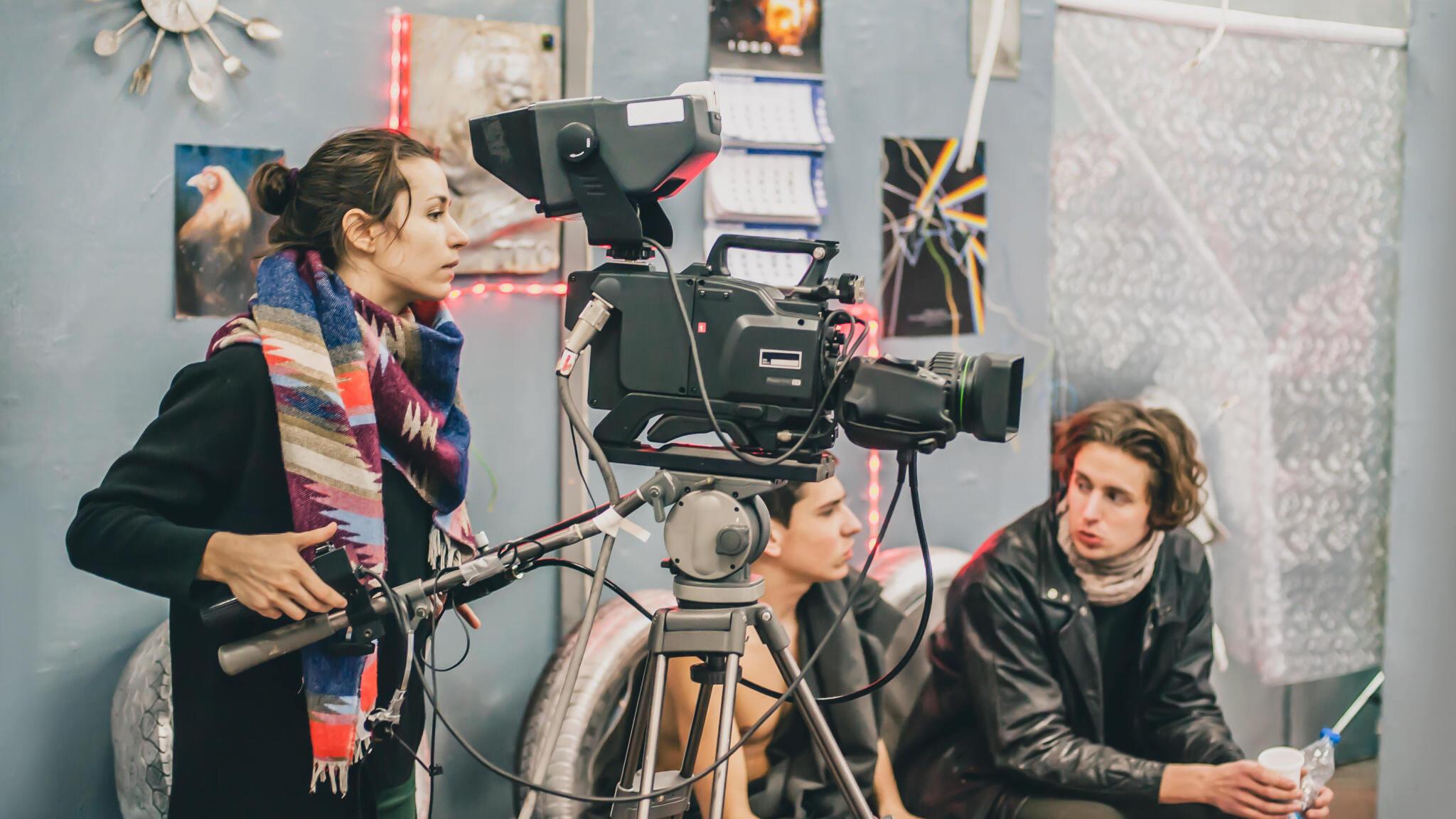Film production is a multi-layered and collaborative process. It involves five stages, each essential to create an award-winning cinematic masterpiece. From the initial idea to the final cut screened in theatres, the film producer has to navigate these stages with precision and creativity.

Mark Murphy Director has 20 years of experience in film making. His blog highlights the critical tasks and challenges producers and directors struggle with during their film-making journey.
1st Stage – Idea & Development
The journey of a film initiates in the development stage, where an idea sparks and grows into a complete concept.
- This phase involves brainstorming, scriptwriting, and creating a compelling narrative.
- Screenwriters play a crucial role in story development, characters creation, and establish thematic elements that will connect with audiences.
- During development, securing financing is also crucial. Directors pitch the concept to investors, production companies, or film studios.
- The project moves to the pre-production stage once the script is refined and financing is secured.
2nd Stage – Pre-production
The film’s blueprint is created in the pre-production phase, and arrangements are made for film shooting.
- It involves meticulous planning, choosing the cast, hunting location, and assembling the crew.
- The director collaborates with the cinematographer, production designer, costume designer, and other vital departments to transform the script into a visual and doable plan.
- A budget and shooting schedule are created for better financial and time management.
3rd Stage – Production
The production stage involves the film shooting process. It is a stage where the director, cinematographer, actors, and crew unite to bring the script to life.

- The director supervises the performances to ensure that the actors represent their characters genuinely and deliver the intended emotions.
- The cinematographer translates the director’s vision into visual language through proper camera angles, framing, and lighting.
- The production crew collaborates to capture each scene according to the script.
Read also: Choosing the Right Wardrobe for Boudoir Sessions
The production stage is a roller-coaster, where filmmakers experience unforeseen weather conditions, technical glitches, and other issues. It requires the team to think quickly and adapt.
4th Stage – Post-production
- Editors review the footage, select the best takes, and arrange them to create a seamless narrative.
- The director works closely with the editor to determine pacing, timing, and overall storytelling.
The post-production stage also involves –
- Sound design – Sound designers and composers contribute to the sound landscape of the film. It is crucial to enhance the emotional effect.
- Visual effects – Adding visual effects helps to create fantastical elements or enhance realism.
- Colour grading – Colour grading ensures visual consistency and establishes the desired mood.
5th Stage – Distribution and Exhibition
It is time to deliver final product and see the results.
- This stage includes marketing, distribution, and exhibition.
- Filmmakers strategize on promoting the film, creating buzz, and securing distribution deals.

- Distribution involves deciding how and where the film will be released – whether in theatres, streaming platforms, or other channels.
- The exhibition incorporates the actual screening of the film, whether in cinemas, at film festivals, or through digital platforms.
Conclusion
Understanding and traversing these stages are essential for aspiring filmmakers looking to bring their visions to the big screen. It will ensure that their stories captivate audiences around the world.

